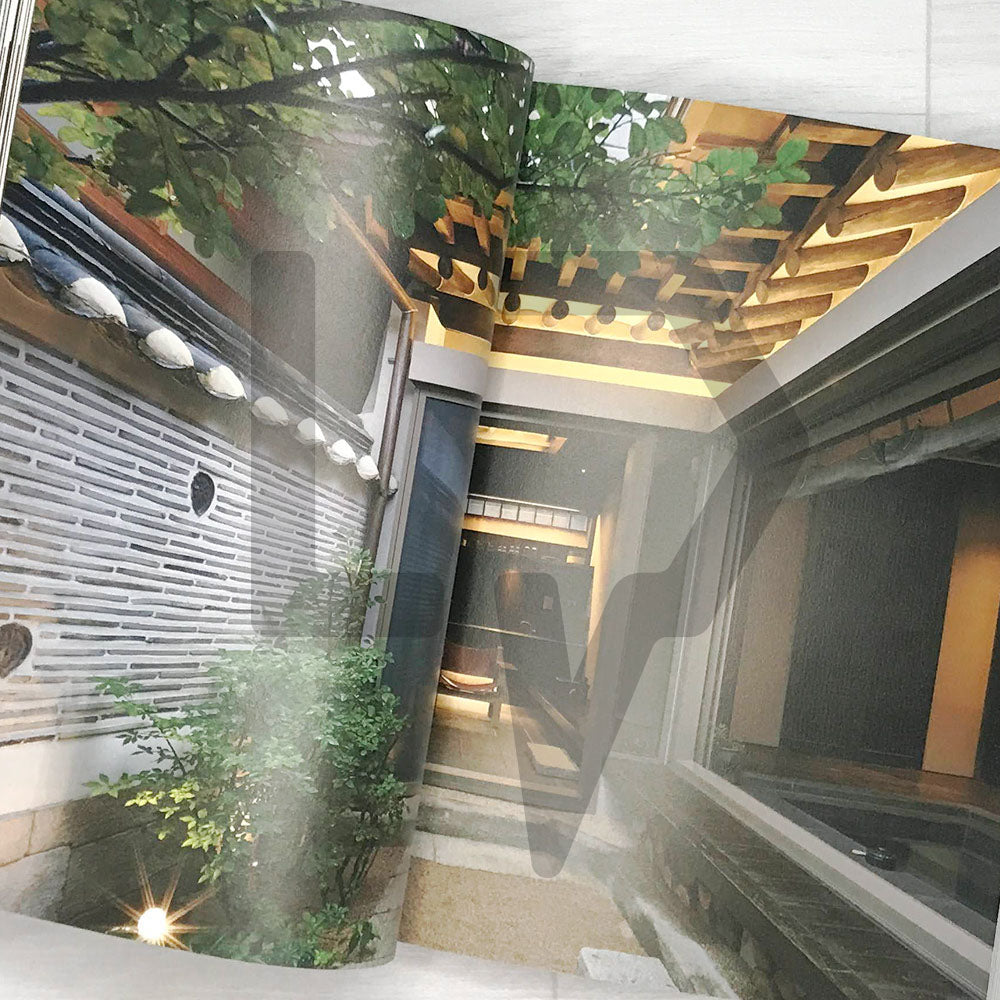한림출판사
Couldn't load pickup availability
What does hanok mean to today’s generation? Older generations may have memories of living in a hanok as a child or visiting relatives who lived in one. However, for younger people who have been exposed to hanok in a similar way culturally as they have been to Buddhist temples and palaces, hanok are often thought of as historical artifacts that need to be preserved in their old, taxidermized form.
Recently, there have been an increasing number of hanok that break this perception and have a direct connection to young people in a friendlier, more attractive way. This is the result of owners who have broken away from the stereotype of traditional hanok and created their own unique hanok. Today, some owners are not only using hanok as residential spaces but also for commercial purposes, such as restaurants, cafes, offices, accommodations, and galleries. At the same time, they are contributing to preserving hanok and revitalizing local culture.
From foreigners who arrived in Korea and fell in love with hanok, to those who created new hanok by designing and transforming them to suit their own purposes, the diverse ways of life and mindsets of these people make us rethink what hanok are. The beautiful harmony between tradition and modernity that is expressed through the passion and creativity of these people shows the infinite possibilities of hanok and gives us a glimpse into their future.
Hanok Today is not an informational book that answers all of your questions with detailed descriptions about every hanok in every photo. Rather, the authors distill the individuality and essence of each hanok and beautifully arrange the images to convey the meaning of the space, inviting readers to see, feel, and think for themselves. Follow along with the text and photographs through the eyes of the two authors and add your own interpretation to them as you go.
.
Publisher: 한림출판사 Hollym (2023)
.
! All the books we sell have a small mark or label on either the top or bottom edge of the book, placed by us or the publisher/distributor. This is a common practice in Korea to verify authenticity and track the distribution route of the books.
! Please note that the cover design of the books may change without prior notice.
Share


















